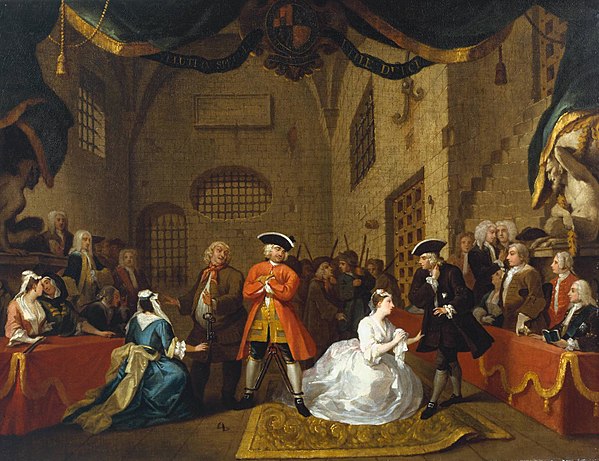
Development of musical theatre
Development of musical theatre refers to the historical development of theatrical performance combined with music that culminated in the integrated form of modern musical theatre that combines songs, spoken dialogue, acting and dance. Although music has been a part of dramatic presentations since ancient times, modern Western musical theatre developed from several lines of antecedents that evolved over several centuries through the 18th century when the Ballad Opera and pantomime emerged in England and its colonies as the most popular forms of musical entertainment.
In the 19th century, following the development of European operetta, many of the structural elements of modern musical theatre were established by the works of Gilbert and Sullivan in Britain and those of Harrigan and Hart in America. These were followed by the Edwardian musical comedies, beginning in the 1890s in England, and the musical theatre works of American creators like George M. Cohan early in the 20th century. The Princess Theatre musicals in New York City during the First World War, and other smart shows like Of Thee I Sing (1931) were artistic steps forward beyond revues and other frothy entertainments of the early 20th century and led to the modern “book” musical, where songs and dances are fully integrated into a well-made story with serious dramatic goals that is able to evoke genuine emotions other than laughter.
Credit
COMMENTS